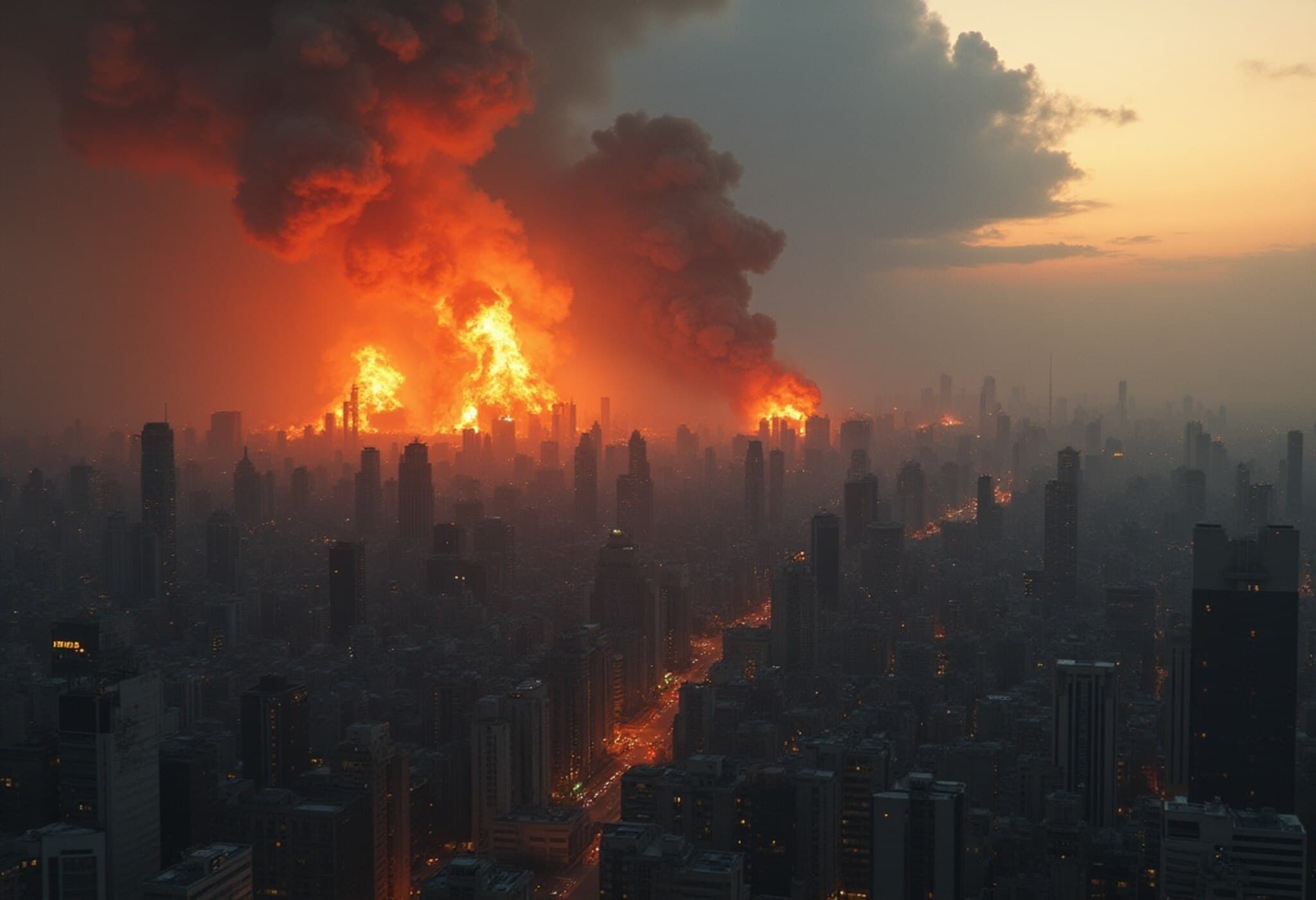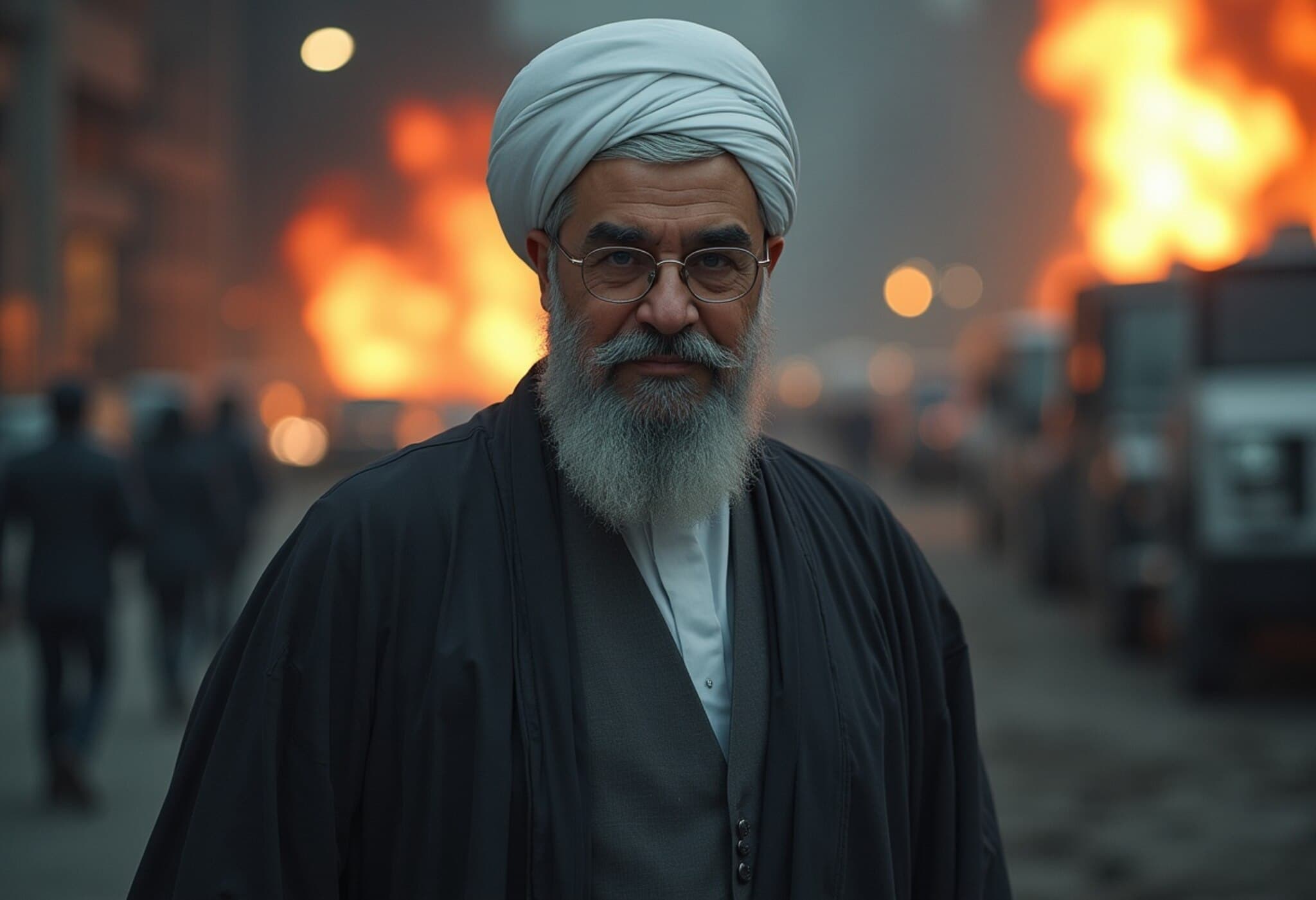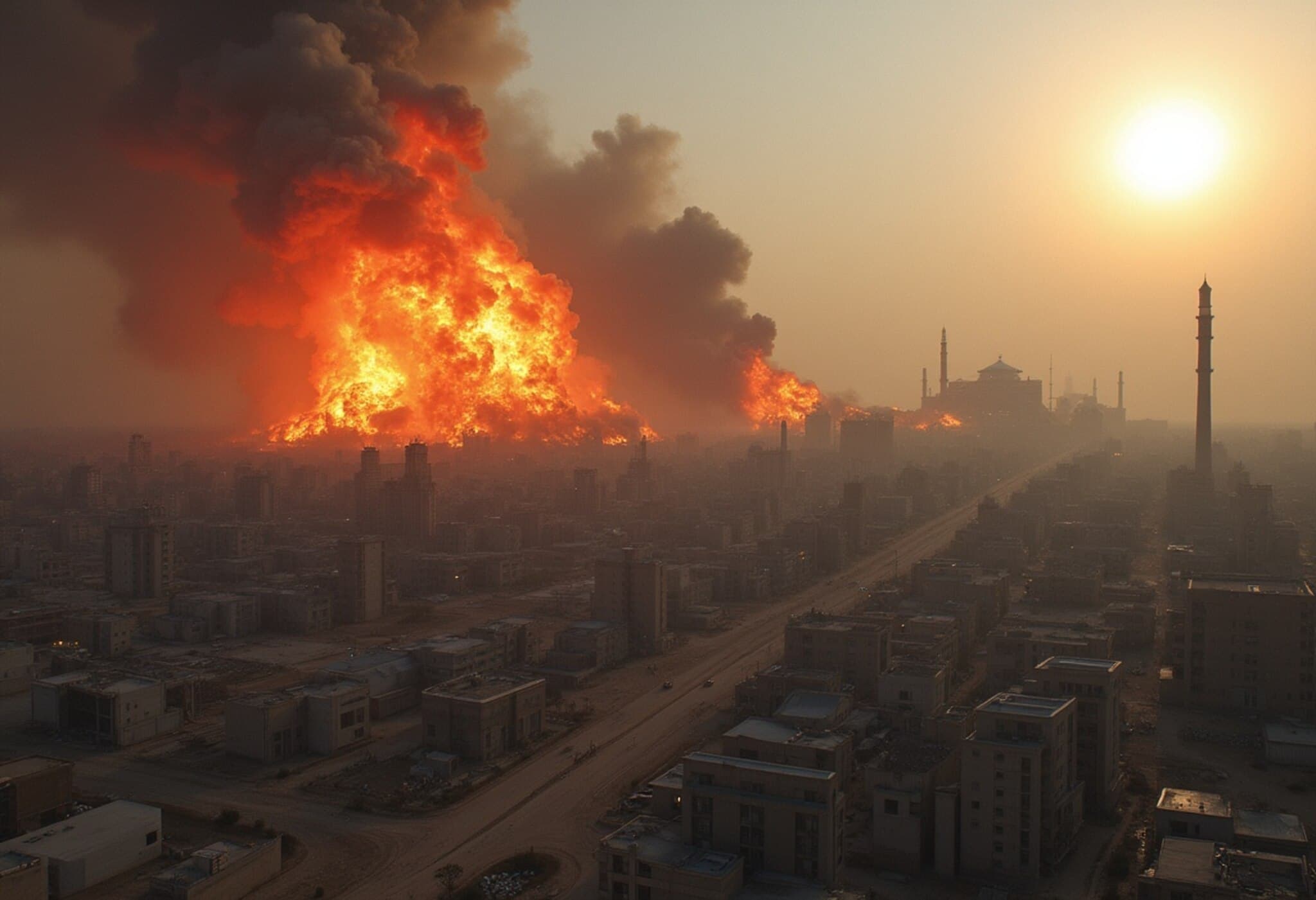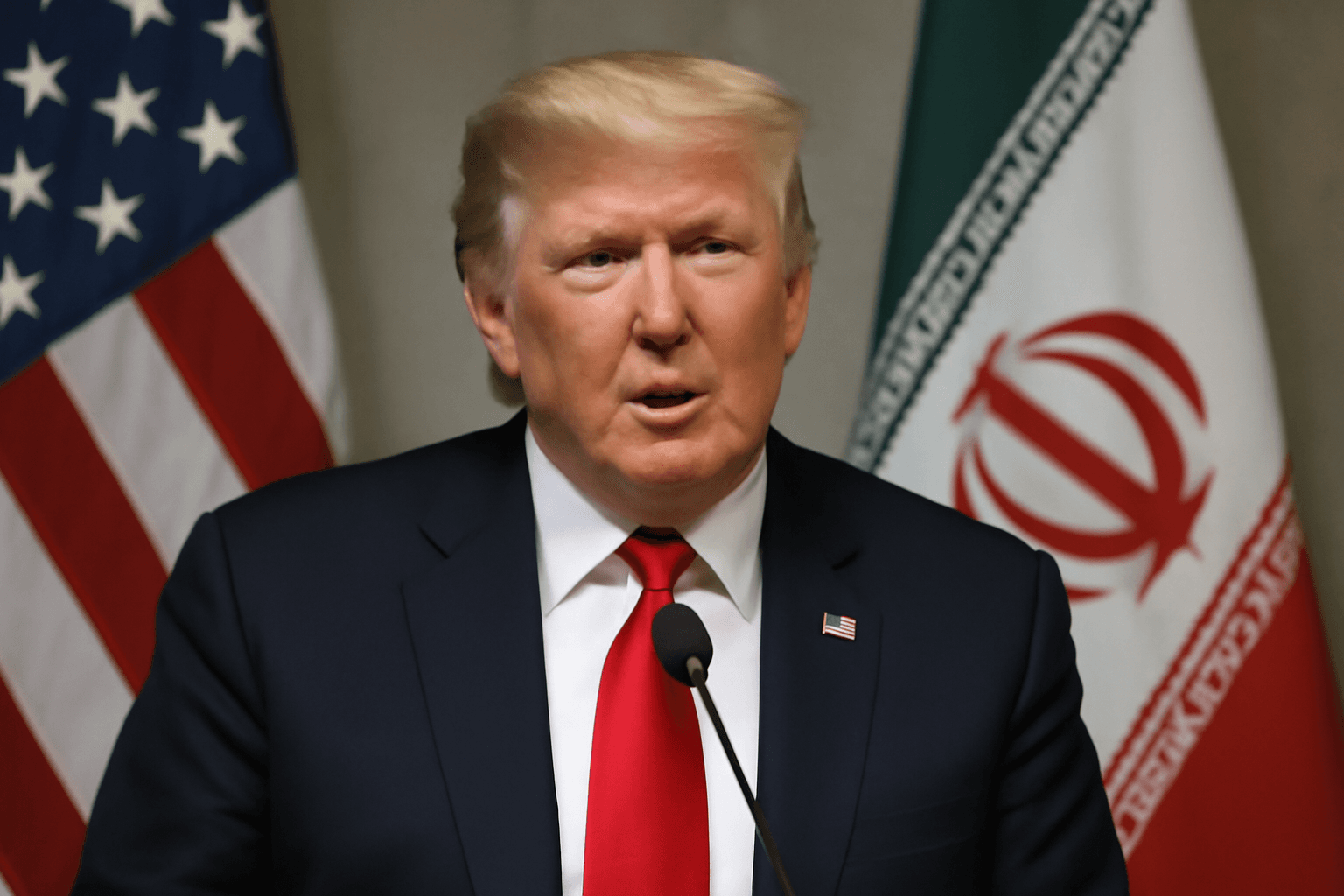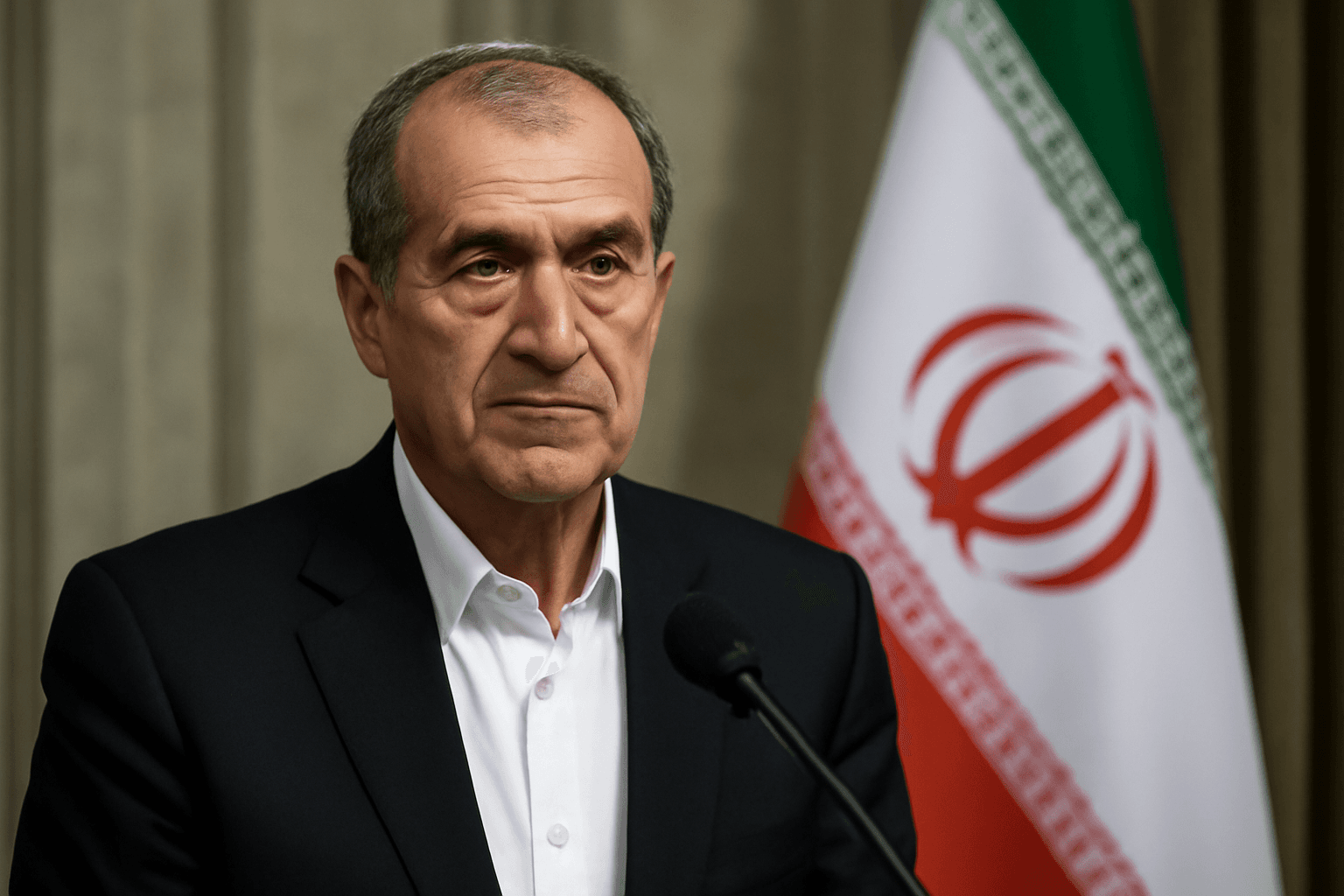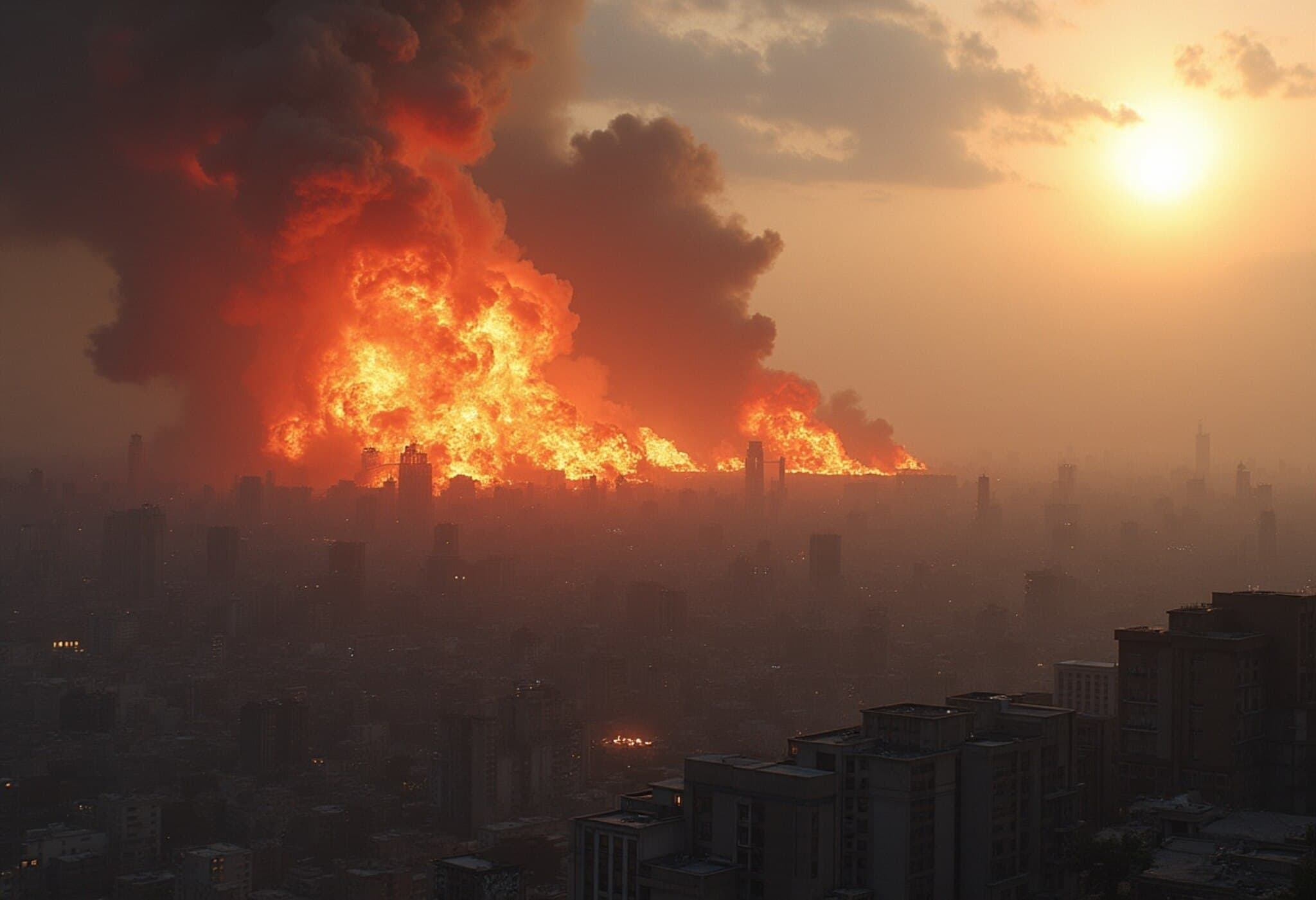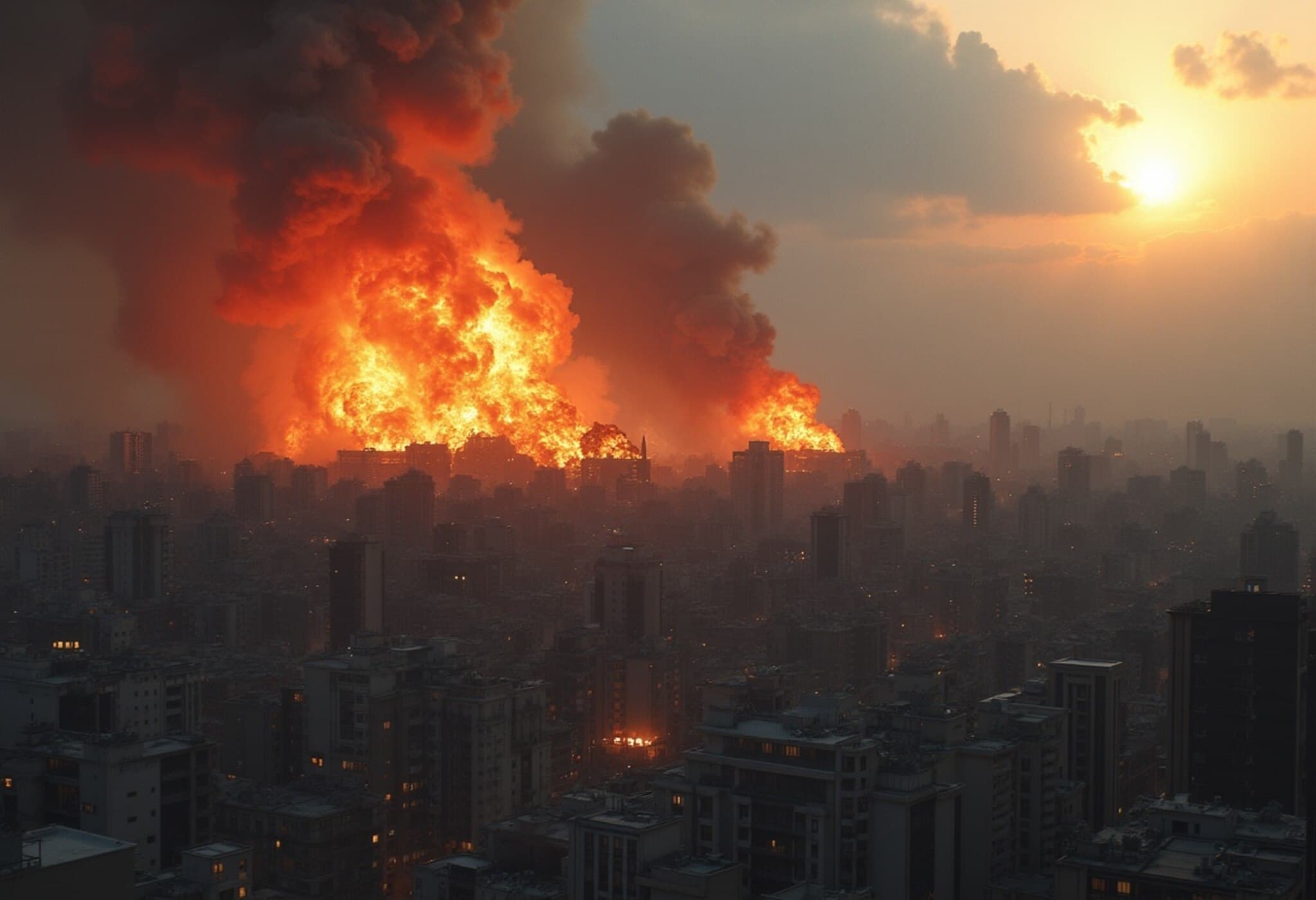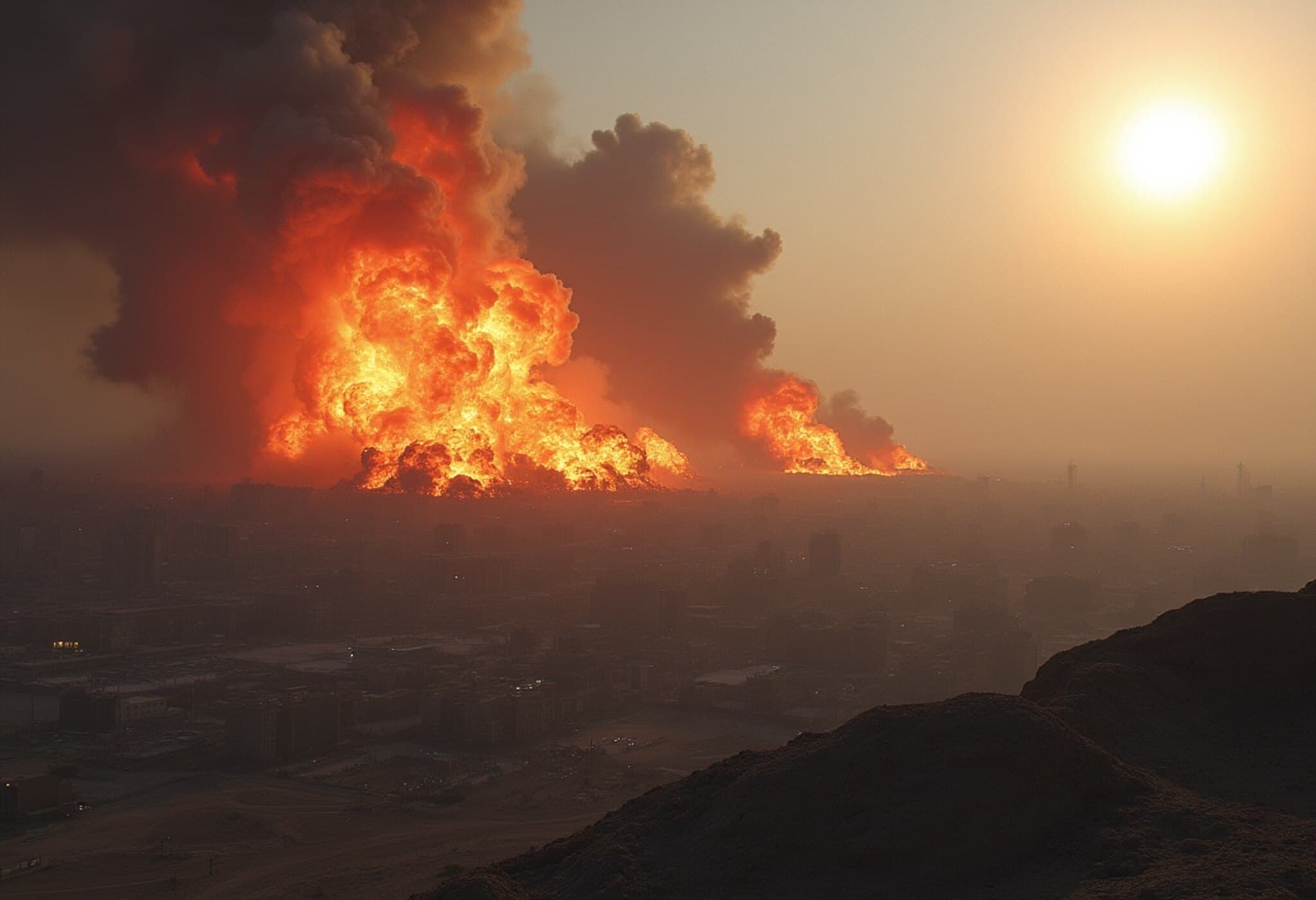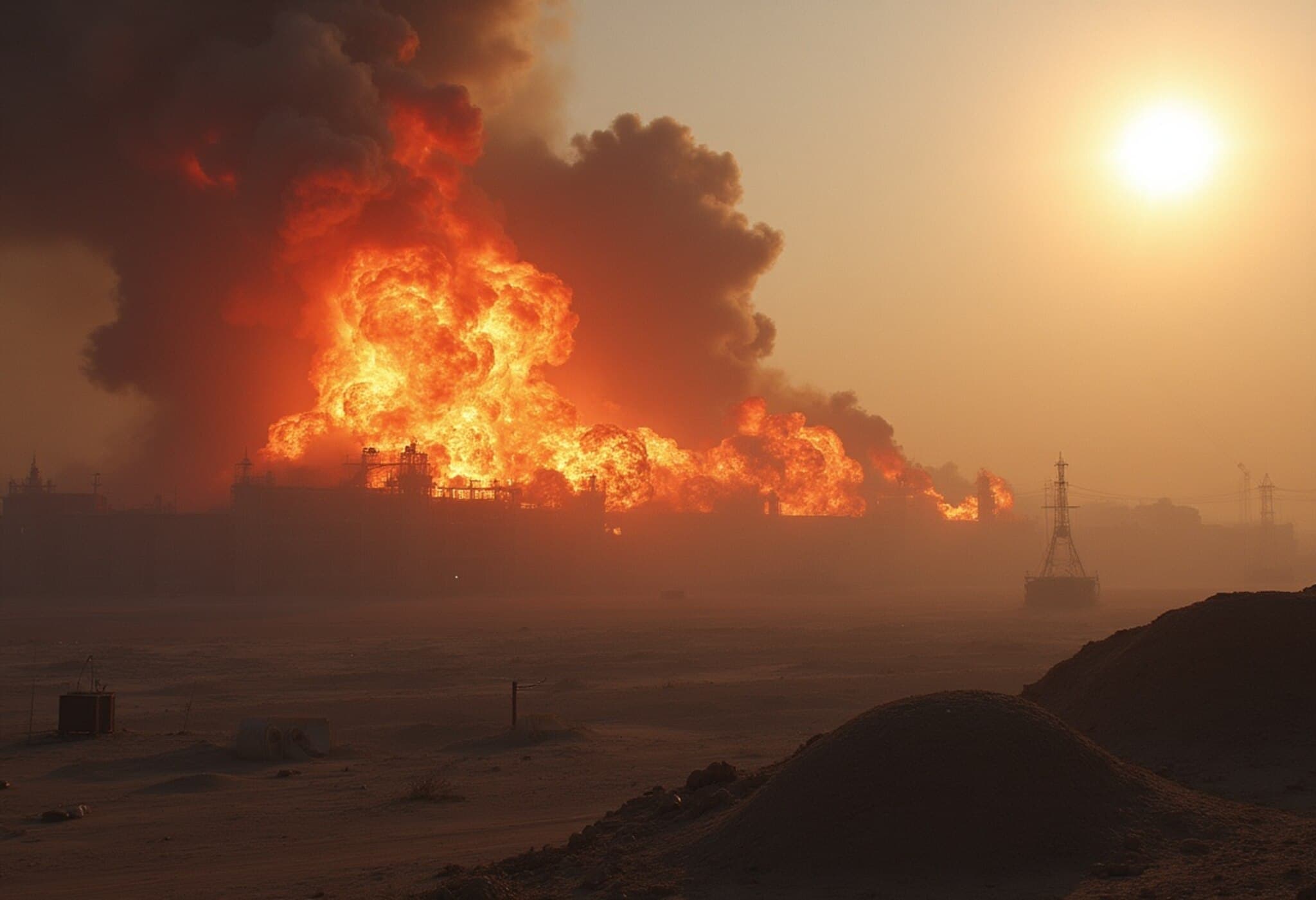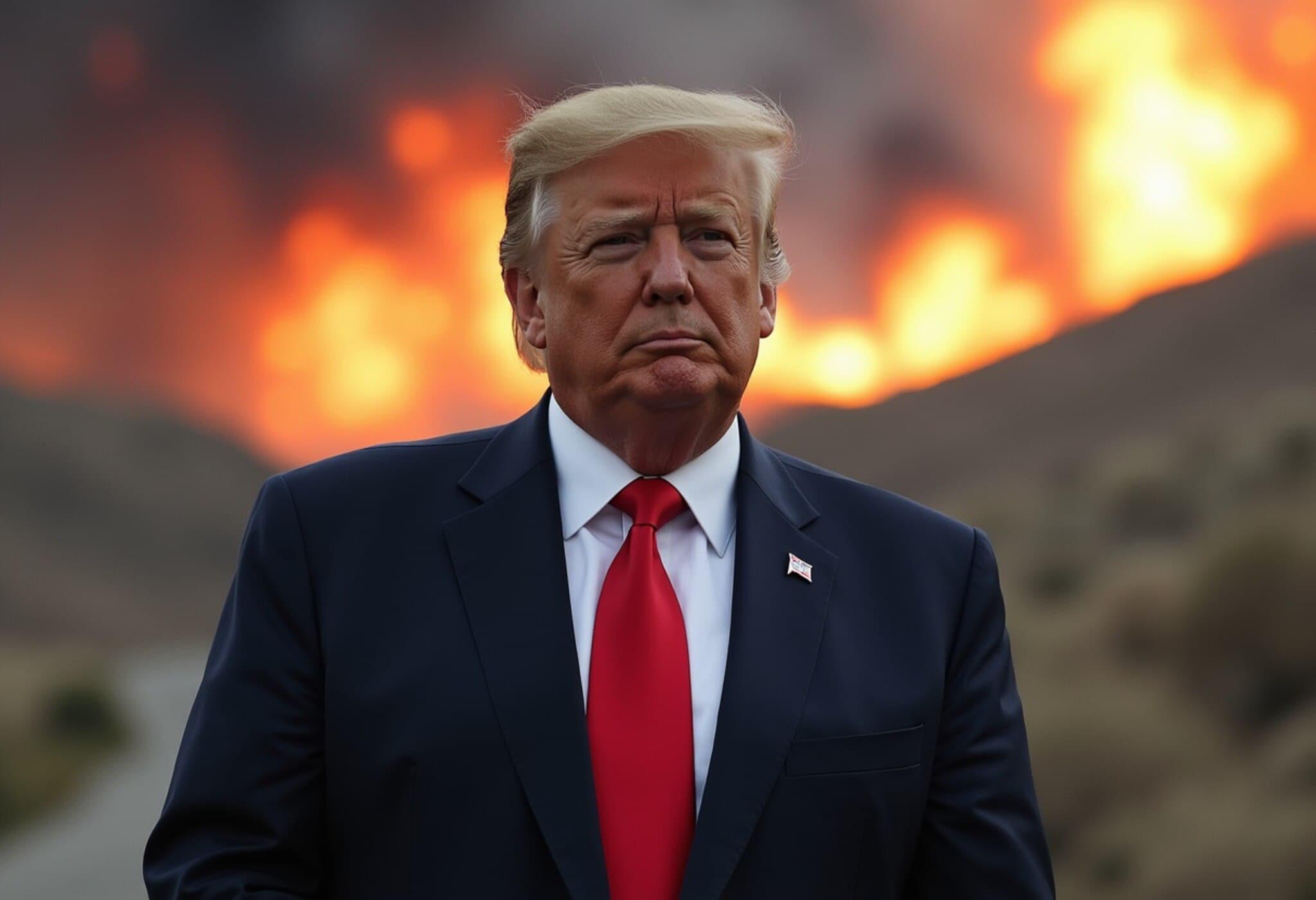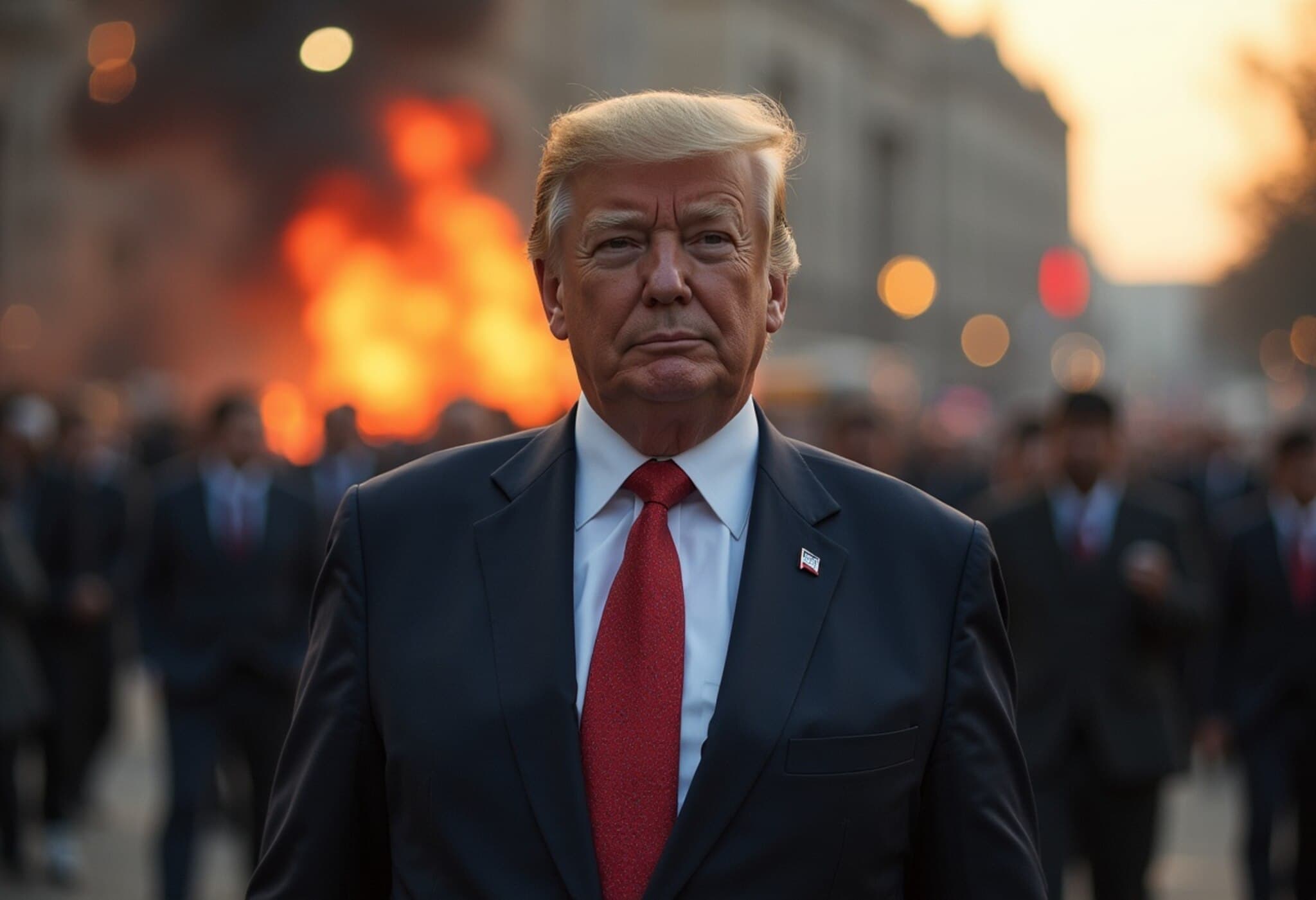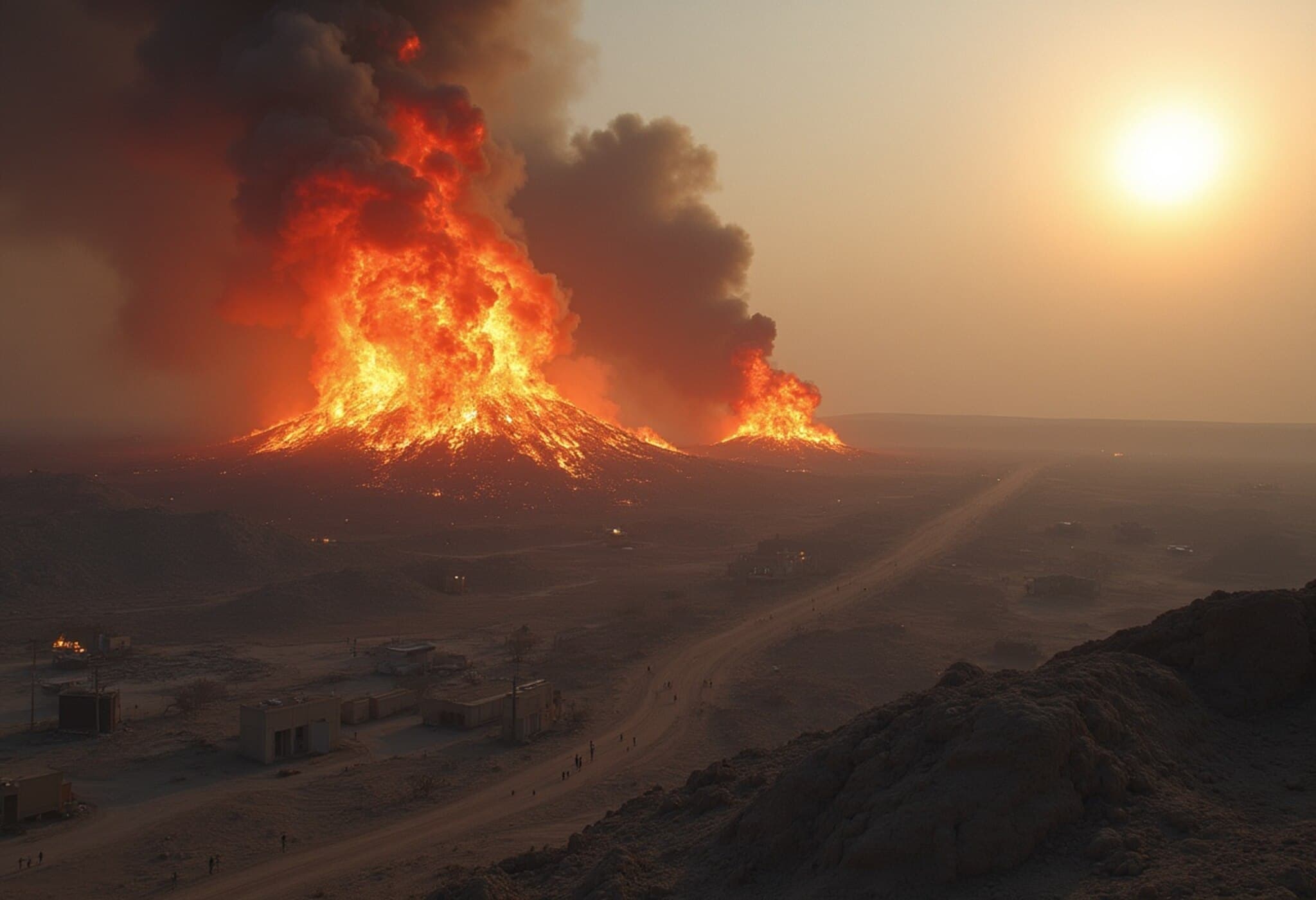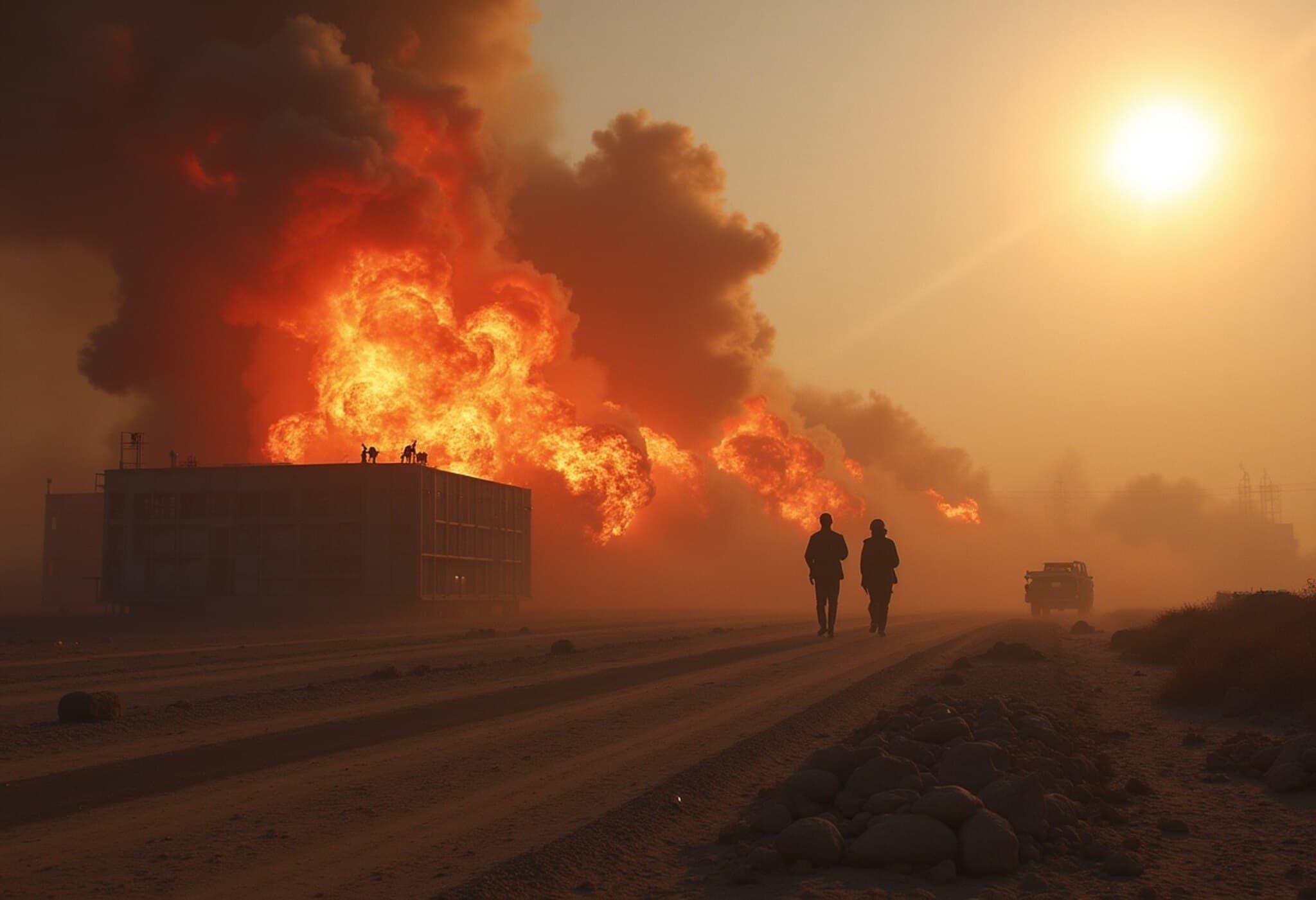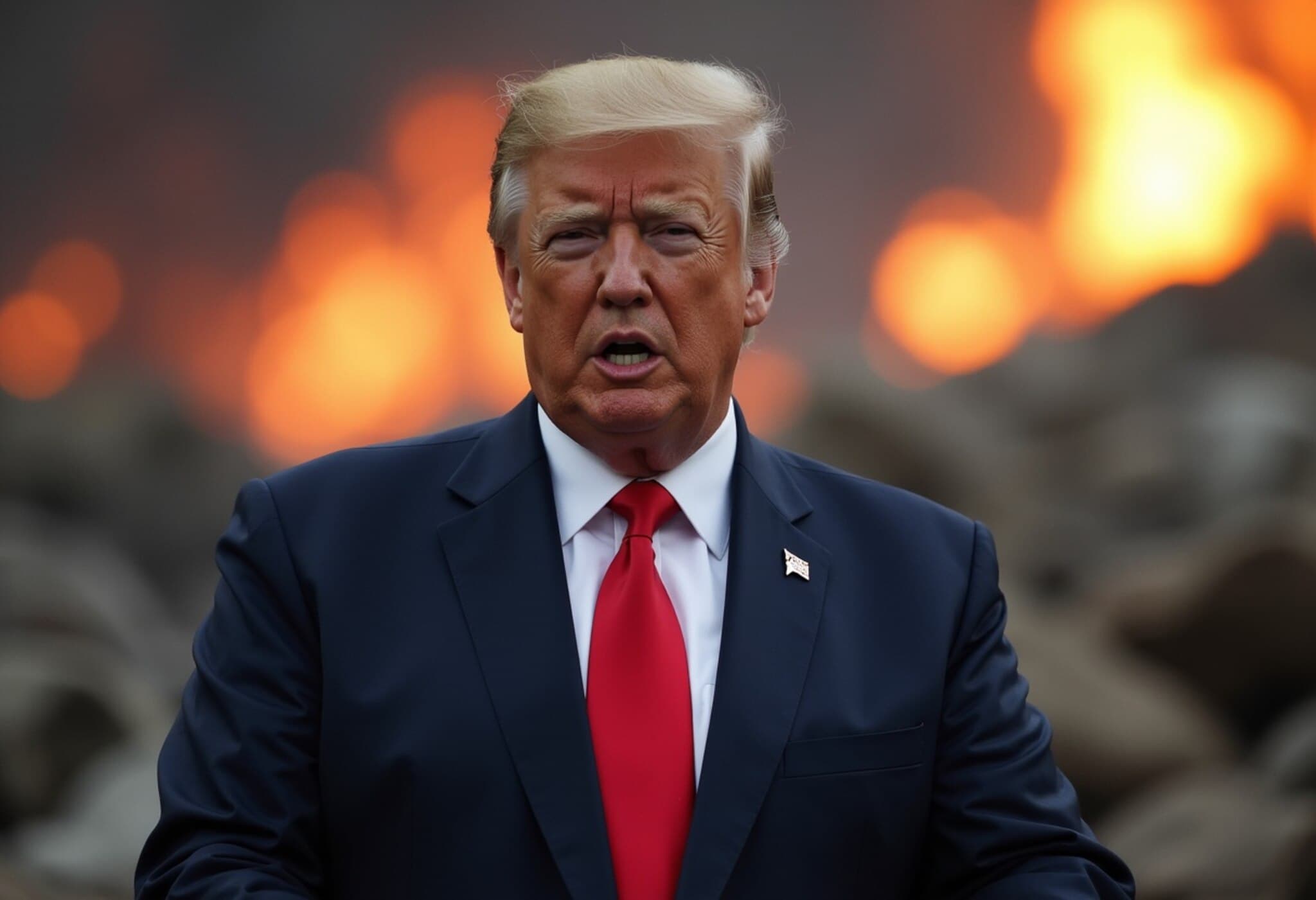Iran’s Strategic Preparations Before Recent Nuclear Site Strikes
Just days after targeted attacks on several Iranian nuclear facilities, including Fordow, Natanz, and Isfahan, senior Iranian nuclear official Mohammad Eslami revealed that Tehran had proactively prepared to safeguard its nuclear activities from disruption.
Advance Planning to Protect Nuclear Operations
Mohammad Eslami, head of the Atomic Energy Organization of Iran (AEOI), emphasized that the country had “planned ahead of time” to ensure continuous operation of its nuclear program despite the recent military strikes. Speaking on state television, Eslami stated, "We have taken the necessary measures and are currently assessing the damage caused by the attacks."
He further explained that specific plans for restarting the affected facilities were already in place, reinforcing Tehran’s strategy to maintain uninterrupted production and services amid escalating tensions.
Relocation of Sensitive Materials Anticipated the Attacks
Speculation has grown that Iran preemptively moved critical nuclear equipment and enriched uranium out of the targeted sites ahead of the strikes. Earlier, Behrouz Kamalvandi, spokesperson for the AEOI, confirmed that equipment from the Fordow and Isfahan facilities had been relocated in anticipation of potential airstrikes.
US and Israeli Airstrikes Escalate Regional Tensions
The United States conducted airstrikes on the Fordow, Natanz, and Isfahan uranium enrichment sites last Sunday, marking a significant intensification in the region’s volatile security landscape. President Donald Trump described the operation as a "spectacular military success," although the full extent of damage to the facilities remains unclear.
In retaliation, a high-ranking adviser to Iran’s Supreme Leader Ayatollah Ali Khamenei cautioned that Tehran still holds substantial reserves of enriched uranium, signaling that "the game is not over."
Second Strike on Fordow Facility Confirmed
Following initial attacks, Israel acknowledged carrying out a second strike on the heavily fortified Fordow site nestled beneath a mountain south of Tehran. Officials stated the mission aimed at "obstructing access routes" to the facility, underlining Israel’s determination to hamper Iran’s nuclear capabilities.
What Lies Ahead?
Iran’s upfront strategic decisions appear to have lessened the immediate impact of the strikes, but the regional nuclear confrontation remains intensely charged. With both sides escalating military actions and rhetoric, the future of Iran’s nuclear program and regional stability hangs in a delicate balance.

